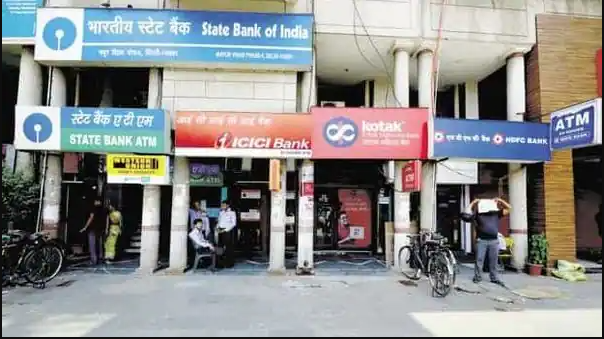From the perspective of an investor, whether equity or debt, the banking system can withstand the next wave.
The banking sector went through a bout of pain, starting with the asset quality review in 2015, shooting up of non-performing assets (NPAs), write-offs, the Insolvency and Bankruptcy Code and National Company Law Tribunal (IBC-NCLT) awards, culminating in capital infusion by the government. Capital infusion, ultimately, is public money. Just when the banking sector was recovering, with NPAs coming down from 11.6% as on March 2018 to 8.6% as on March 2020, along came the covid-19 shock. This would have a significantly negative impact on NPAs as almost all borrowers are reeling.
Given the challenge, the situation has been managed pragmatically. What all has been done? The moratorium, IBC-NCLT being put on hold and rating agencies being allowed to go a little slow on downgrades. It is pragmatic because faced with a once-in-a-hundred-year challenge, it is not about theoretical correctness but about facing the challenge. When voices were being expressed that the moratorium should not be extended beyond 31 August as it may compromise on credit discipline, it was done away with and a one-time settlement or restructuring allowed.
At the margin, certain improvements are happening. The extent of moratorium availed of as on 30 April—combining all categories of borrowers and lenders—was 50% of the system. On a ballpark basis, this indicates stress in the system, from the perspective that half the borrowers were indicating that they can’t pay up immediately. There would be a bit of a dilution in data in the form of communication gap, particularly in the individual borrower segment, where 55% of the loans were under moratorium in April. The accumulation of interest over a long period of time and the extra burden of EMIs towards the end of the tenure were not properly understood by individual borrowers, and in certain cases were not properly explained by the bankers. If properly explained, some people may not have availed of the moratorium, in view of the disproportionately higher burden later on.
If you agree that the extent of moratorium availed of indicates the stress, you will agree that reduction indicates improvement. There is no holistic data available post April, but bits and pieces data point to improvement. As per data from ICRA, the extent of moratorium availed of in ICICI Bank’s loan book was 30% in phase I, which is down to 17.5% in phase II. In case of Axis Bank, it is down from 25-28% to 9.7%. For the State Bank of India, it is down from 18% in phase I to half of it, 9%, in phase II.
The steepest decline happened in case of Bandhan Bank, from 71% to 24%, in phase II. There is a bit of a technical issue in the improvement. Lenders, especially public banks, followed the opt-in approach to grant moratorium in phase II as against opt-out approach in Phase I. In opt-out, unless the borrower responds, the loan goes under moratorium. In the initial phases of the lockdown, the priority for lenders was to reduce NPAs and moratorium provided that cover. As things are becoming clearer, customers have to opt in to avail of it. The restructuring that has been allowed till December, will be another “management” of the NPA pain of banks, and hopefully the last in the current series.
Where does all this bring us to? There will be stress in the system, which is pent up. As moratorium is lifted, IBC-NCLT becomes functional and rating agencies are re-directed to go normal on downgrades, the stress will surface. The saving grace is that the impact may not be as much as it seemed in the initial phases. The easing in moratorium availed is a pointer on that.
The system is supportive: the packages for MSMEs, for example, credit guarantee and stress fund, among others, show the intent of the government. There may be another round of capital infusion required for public sector banks; the RBI Financial Stability Report released on 24 July states gross NPA of scheduled banks may increase from 8.5% in March 2020 to 12.5% by March 2021. Banks are raising capital in a scenario of lower credit off-take to augment resources, and the government is expected to step in if required. From your perspective as an investor, whether equity or debt, the banking system can withstand the next wave.
Source: https://www.livemint.com/money/personal-finance/indian-banks-may-withstand-next-wave-of-bad-loans-11598285035748.html


